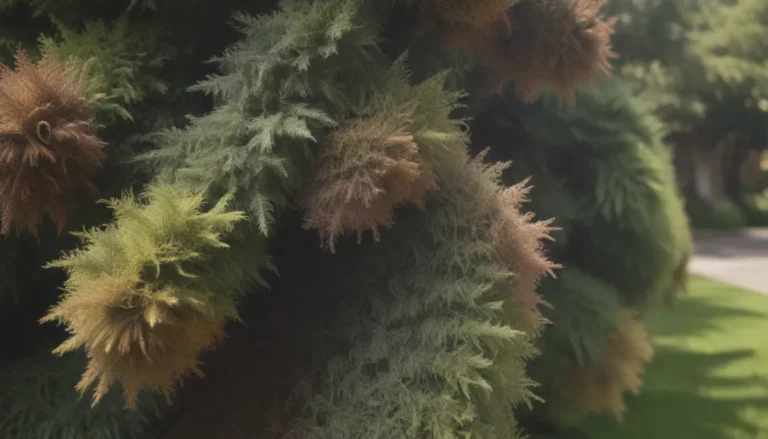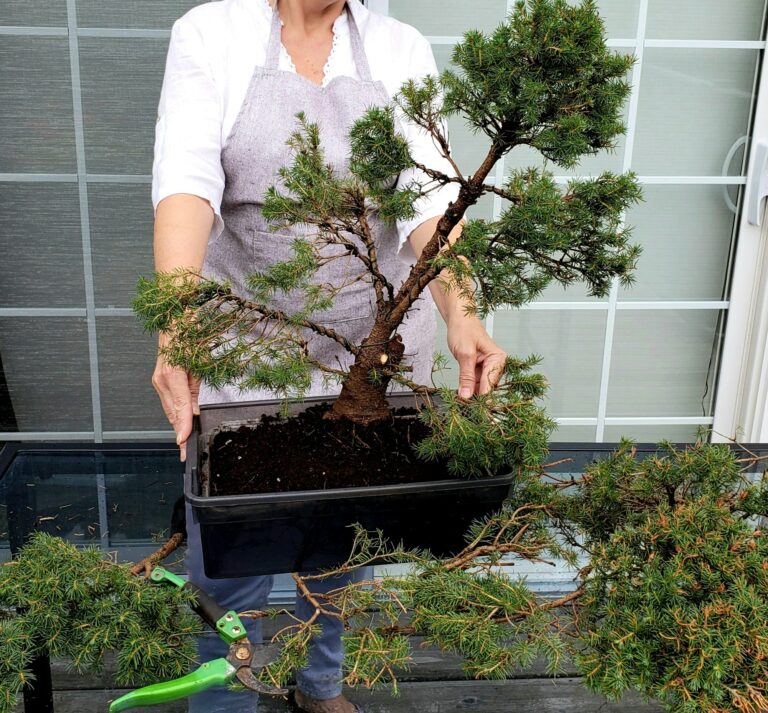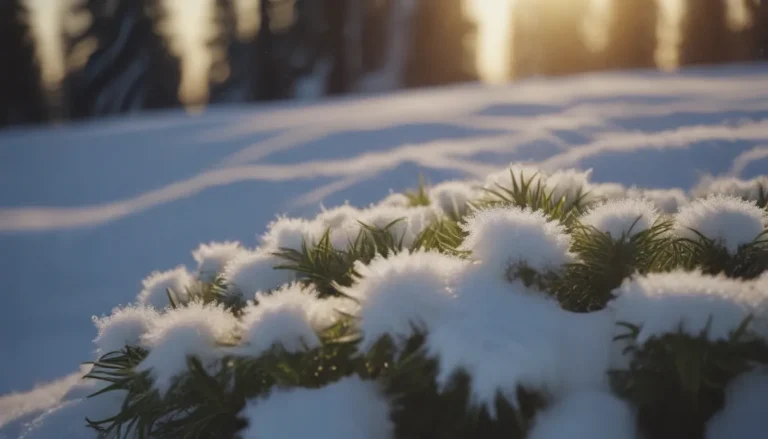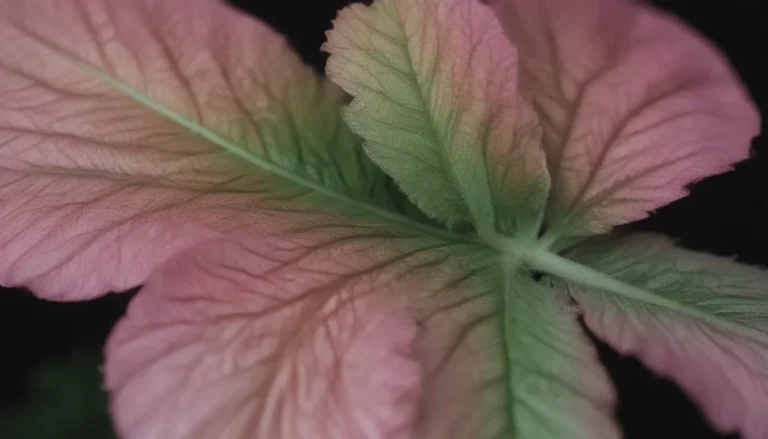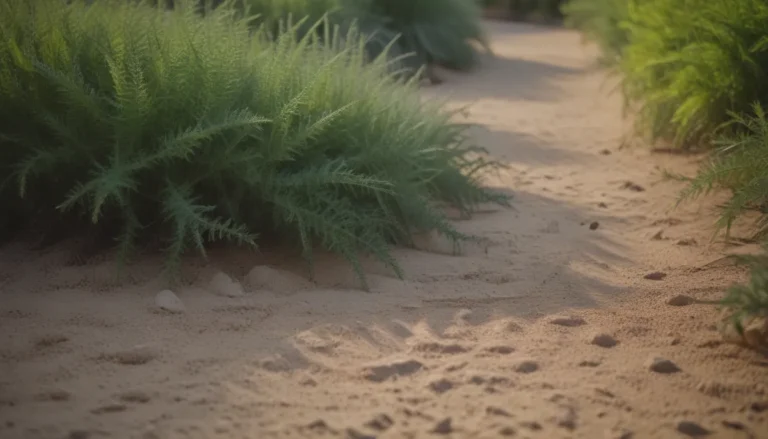The Ultimate Guide to Garden Plants With Blue Flowers
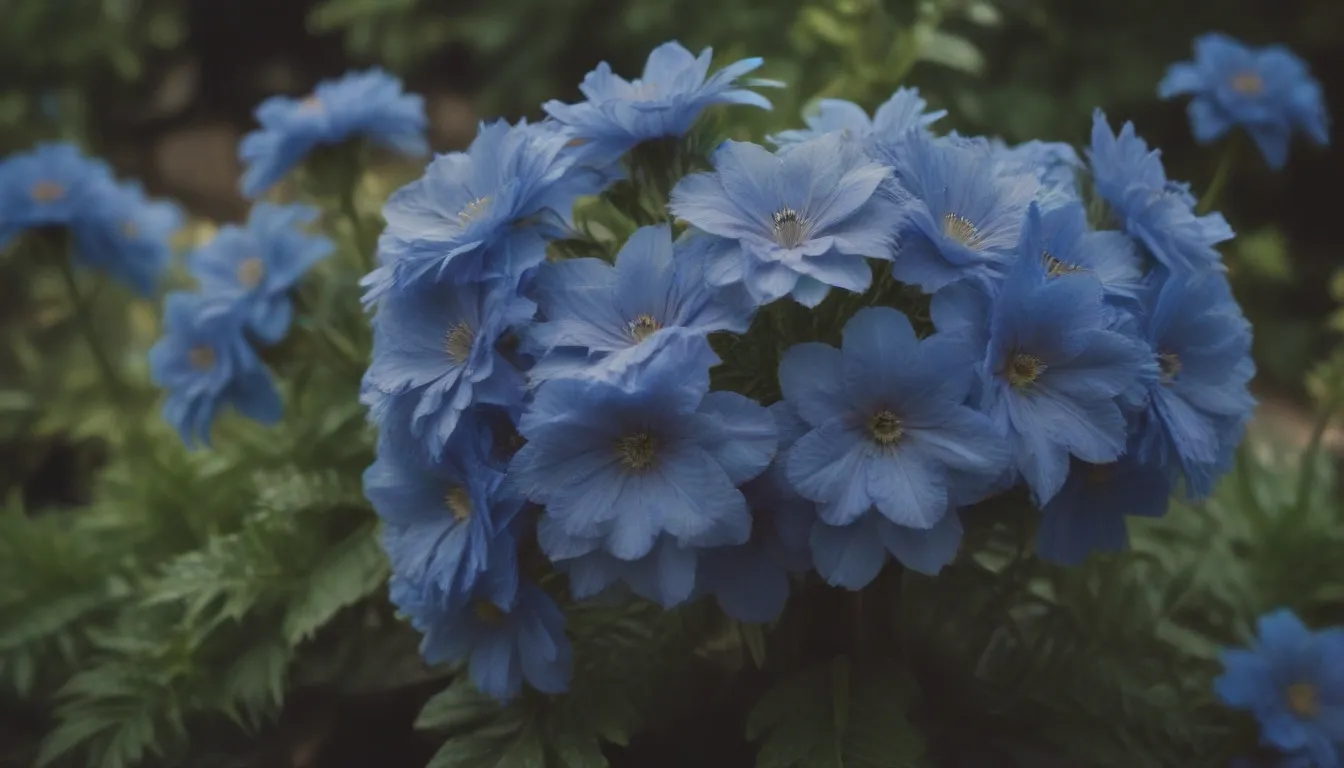
Are you looking to add a pop of vibrant blue to your garden? While true blue blooms can be elusive, there are still plenty of plant options that will bring that desired hue to your outdoor space. In this comprehensive guide, we will explore 12 of the best garden plants with blue flowers that you can incorporate into your landscaping. From African Lily to Siberian Squill, these plants offer a range of colors, shapes, and sizes to suit any garden style.
Why Blue Flowers Are Special
Blue flowers are often considered rare and unique in the world of gardening. While many plants are advertised as producing blue blooms, they often lean more towards shades of lavender or purple. Additionally, the color of flowers can be influenced by factors such as sunlight and soil conditions. This makes finding true blue flowers a delightful challenge for gardeners.
Tip: Experiment with annuals, as they are budget-friendly and allow you to explore different shades of blue. For perennials, make sure to see them in bloom before making a purchase to ensure you get the color you desire.
African Lily (Agapanthus africanus)
The African Lily, also known as Agapanthus africanus, is a stunning plant that produces clusters of blue or white flowers. This tender perennial blooms throughout the summer and is hardy down to USDA Hardiness Zone 8. With its lily-like appearance, the African Lily adds elegance and color to any garden. It grows from a fleshy rhizome and can be overwintered in cooler regions.
- USDA Hardiness Zones:
- Sun Exposure:
- Soil Needs:
Blue Star (Amsonia sp.)
The Blue Star plant, a member of the Amsonia genus, offers a variety of blue hues to choose from. Its star-shaped blooms create fluffy clusters that brighten up any garden. Arkansas blue star, in particular, features deep blue flowers and gold foliage that turns vibrant in the fall. This plant was named the 2011 Perennial Plant of the Year for its beauty and low-maintenance nature.
- USDA Hardiness Zones:
- Sun Exposure:
- Soil Needs:
False Indigo (Baptisia australis)
False Indigo, or Baptisia australis, is a member of the pea family known for its blue dye properties. This native plant to eastern North America features stunning blue flowers and foliage that adds a touch of color to any garden. While it can be slow to establish, False Indigo forms a deep taproot and prefers not to be transplanted once settled.
- USDA Hardiness Zones:
- Sun Exposure:
- Soil Needs:
Borage (Borago officinalis)
Borage, a member of the forget-me-not family, is an underrated annual that produces beautiful blue blossoms. This herb, with a cucumber-like scent and flavor, attracts pollinators and readily self-sows in the garden. Let Borage bloom with its lively blue flowers to add a pop of color and fragrance to your outdoor space.
- USDA Hardiness Zones:
- Sun Exposure:
- Soil Needs:
Blue Mist Shrub (Caryopteris x clandonensis)
The Blue Mist Shrub, Caryopteris x clandonensis, creates a delicate haze of blue in late summer that attracts buzzing bees. This sub-shrub blooms on new wood and requires minimal maintenance, making it a popular choice for gardeners. With various cultivars available in different shades of blue, you can choose the one that best suits your garden style.
- USDA Hardiness Zones:
- Sun Exposure:
- Soil Needs:
Cornflower (Centaurea cyanus)
Known as the cornflower or bachelor’s button, Centaurea cyanus is a charming wildflower that offers ruffled blue flowers resembling thistles. This annual plant self-sows and adds a touch of nostalgia to any garden. For a perennial option, consider the mountain bluet (Centaurea montana) with its vibrant blue blooms.
- USDA Hardiness Zones:
- Sun Exposure:
- Soil Needs:
Gentians (Gentiana sp.)
Gentians are a diverse group of plants, with many species boasting beautiful blue flowers. Most gentians are alpine or woodland plants that thrive in cooler, wet conditions. From late-season bloomers like Gentiana dahurica to mat-forming varieties like Gentian alpina, these plants offer a range of shapes and sizes to suit different garden settings.
- USDA Hardiness Zones:
- Sun Exposure:
- Soil Needs:
Himalayan Blue Poppy (Meconopsis betonicifolia)
The Himalayan Blue Poppy, Meconopsis betonicifolia, is a legendary plant that challenges even experienced gardeners. Native to the mountains of southeastern Tibet, this plant requires specific growing conditions to thrive. While challenging to grow, the beauty of its blue flowers makes it worth the effort. Detailed sowing instructions are often included with seed packets to help you successfully cultivate this stunning plant.
- USDA Hardiness Zones:
- Sun Exposure:
- Soil Needs:
Love in a Mist (Nigella damascena)
Love in a Mist, or Nigella damascena, received its name from the delicate foliage that surrounds its flowers. This freely seeding annual plant offers airy blue blooms that attract pollinators and add a whimsical touch to any garden. Scatter seeds to spread Nigella throughout your outdoor space and enjoy its continuous bloom throughout the season.
- USDA Hardiness Zones:
- Sun Exposure:
- Soil Needs:
Lungwort (Pulmonaria officinalis)
Lungwort, with its brilliant blue flowers, is one of the first plants to emerge in the spring. This shade-loving plant offers variegated leaf varieties that add visual interest to woodland settings. While not all lungwort varieties bloom blue, those that do provide a stunning display of color. Consider adding lungwort to your garden for an early spring burst of vibrancy.
- USDA Hardiness Zones:
- Sun Exposure:
- Soil Needs:
‘Black and Blue’ Sage (Salvia guaranitica)
‘Black and Blue’ Sage, also known as Salvia guaranitica, features vivid dark blue flowers with black sepals that create a striking contrast. This perennial plant attracts hummingbirds and butterflies, making it a favorite among gardeners. While ‘Black and Blue’ Sage can become aggressive in some areas, it adds height and unique color to garden borders.
- USDA Hardiness Zones:
- Sun Exposure:
- Soil Needs:
Siberian Squill (Scilla sibirica)
Siberian Squill, a tiny bulb that naturalizes easily, blooms early in the spring to create a sea of blue flowers. This low-maintenance plant thrives in USDA zones 2 through 8 and requires little care once established. With its ability to spread and reproduce, Siberian Squill adds a splash of color to gardens and landscapes.
- USDA Hardiness Zones:
- Sun Exposure:
- Soil Needs:
In Conclusion
Incorporating garden plants with blue flowers adds a unique and vibrant touch to any outdoor space. From the elegant African Lily to the whimsical Love in a Mist, there are countless options to choose from. Whether you prefer perennials or annuals, there is a blue-flowering plant to suit every garden style and preference. Experiment with different varieties to create a stunning blue-themed garden that will be the envy of your neighborhood. Happy gardening!
